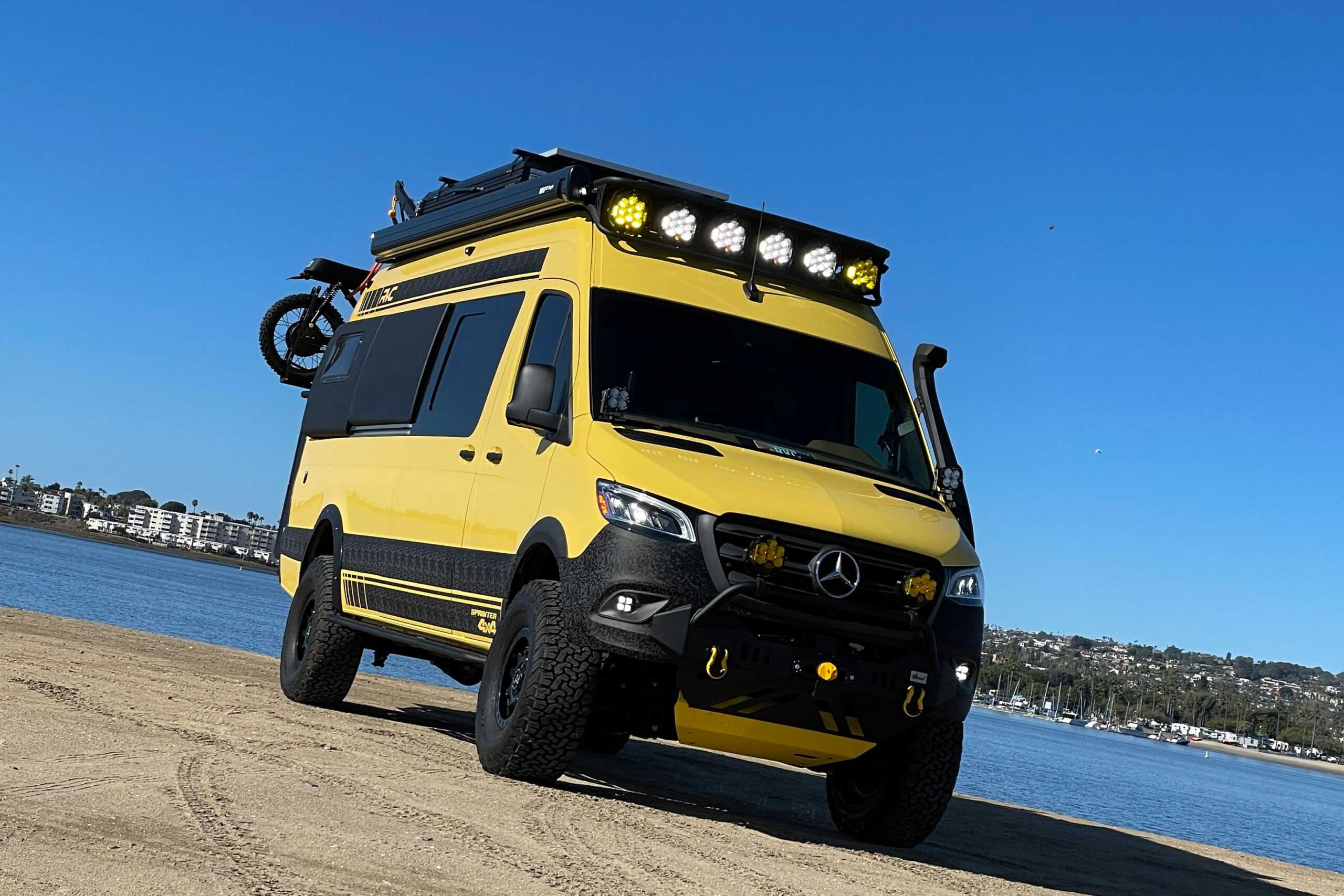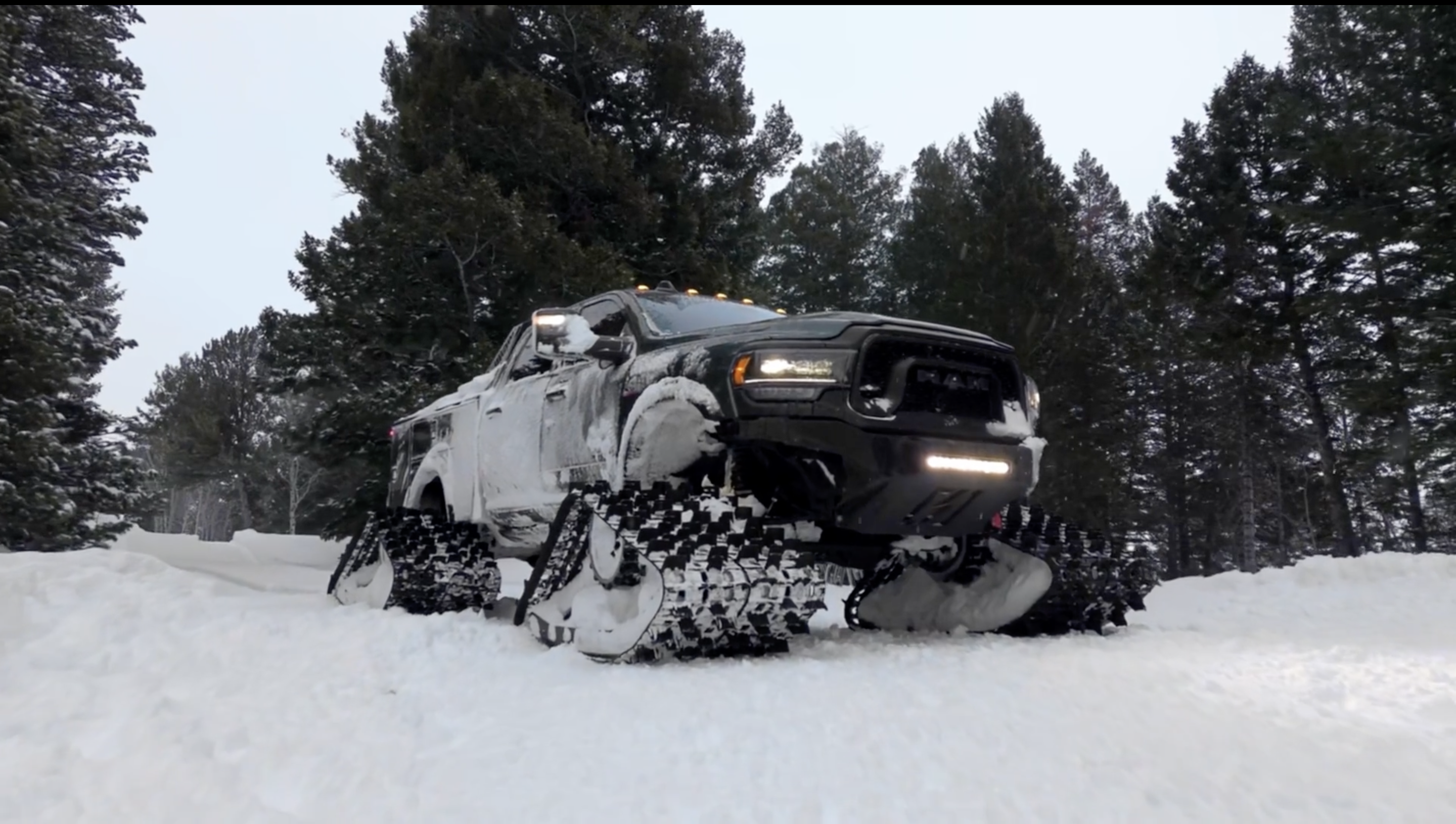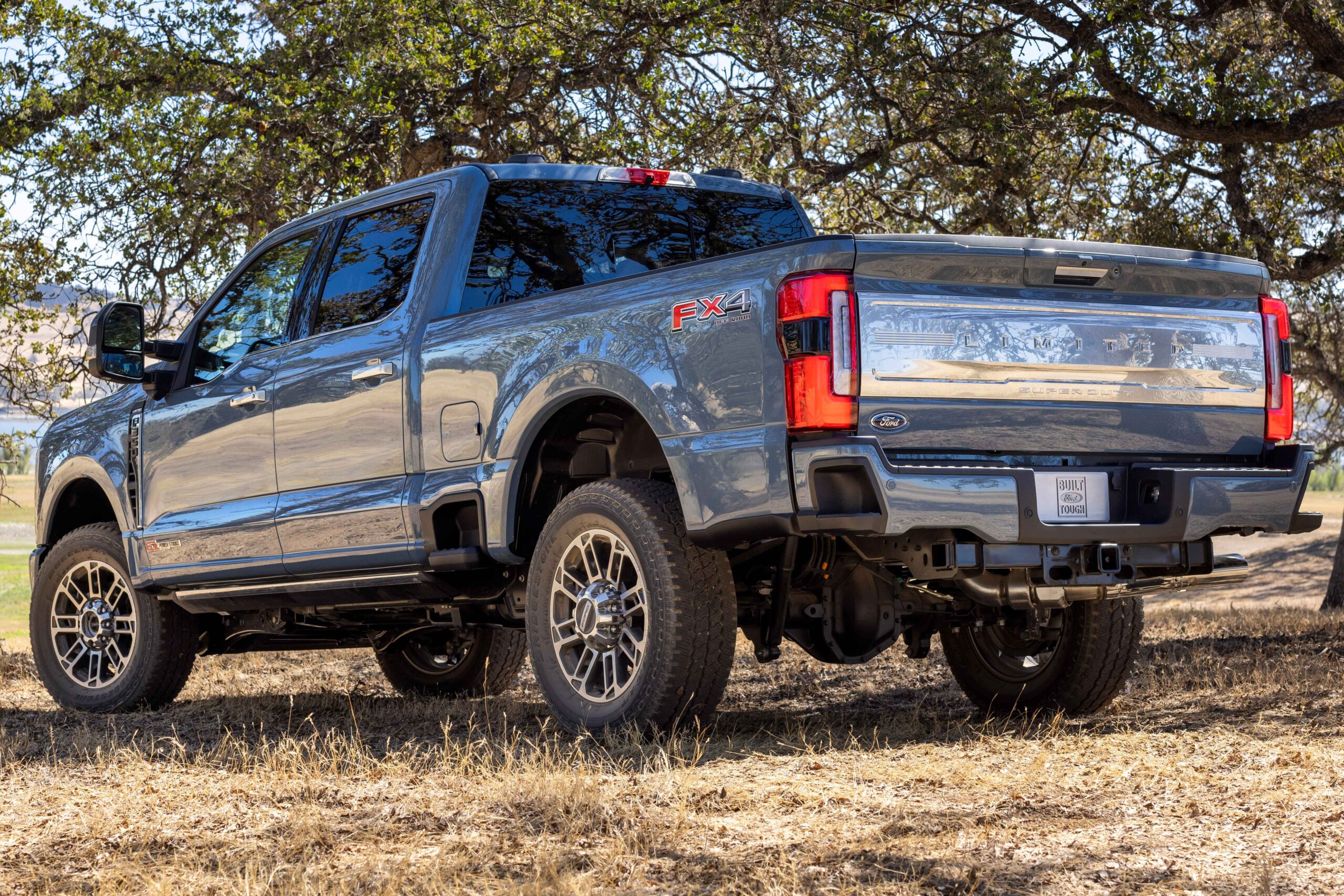For the vast majority of us, we have learned how to tow something because we grew up doing it. Our fathers taught us what to look for and how to tie down a load. Then, over the years as we have done more towing of our own, we have picked up little things here and there. As with anything, you really don’t start to become an expert at something unless you do it day in and day out. Recently, we had the opportunity to speak with Jon Smith, who has been a “Hot Shot” for almost 20 years.
 If you don’t know, a “Hot Shot” is a term used for contractors that generally use a pickup truck and trailer to haul cargo. These guys are able to pick up loads and get them delivered usually a little quicker than a standard freight company. It is an extremely tough business to make a living at because margins are so small, now-a-days, with high fuel costs. So, when their vehicle goes down or constantly needs repairs; these guys can easily go out of business.
If you don’t know, a “Hot Shot” is a term used for contractors that generally use a pickup truck and trailer to haul cargo. These guys are able to pick up loads and get them delivered usually a little quicker than a standard freight company. It is an extremely tough business to make a living at because margins are so small, now-a-days, with high fuel costs. So, when their vehicle goes down or constantly needs repairs; these guys can easily go out of business.
For Smith, it has been a very good business and he has earned quite a favorable reputation hauling his loads. Smith specializes in travel trailers and 5th wheels RV’s. Over the years, he has watched a lot of guys run into problems hauling RV’s and is always willing to help people setup their trucks (regular guys as well as other Hot Shots). So, we seized the opportunity to really discuss what it takes to haul 12 to 20 thousand pounds across the country on a daily basis.

Photos courtesy of B&W Trailer Hitches (Turnoverball), Space Craft MFG, and Bayer RV
“The first thing I usually tell people; anything you do, has a cause and effect,” says Smith. This may seem like an old wives tale, but Smith knows what he is talking about as he has had to constantly keep up or stay ahead of things to keep his rig up and running.
To be able to tow anything respectably with cruise control, 350 maintainable horsepower is all you need — Jon Smith
“To be able to tow anything respectably with cruise control, 350 maintainable horsepower is all you need,” explains Smith. There is a very key word in Smith’s comment; maintainable. Towing puts a lot of stress on every aspect of your truck.
Where most of this stress shows up is through the entire powertrain. Everything from the engine, transmission, transfer case and rear end see the full extent of the power required to haul that heavy load. “The first question I ask someone who wants to do this for a living; are you gauged up? No. Why not?,” says Smith.
Temperature
Temperature is probably the leading cause of most failures and the factory gauges don’t really tell you much and they really don’t monitor many things. “You just cannot assume that the factory gauges are going to let you know what is happening in your drivetrain. I have watched a number of people go out of business because they are losing their transmission time after time. When I ask them what their temp. was, they usually respond, the dash light never came on,” commented Smith.

We recently ran a story on how to keep your transmission cool. If you didn’t see it, click here.
“The factory doesn’t monitor the transfer case fluid, but if you do, you will actually see it heats up when you are driving down the road in 2-wheel drive. Everyone thinks manual transmission fluid doesn’t heat up. Well, they are wrong,” explained Smith.
He used to watch his 6-speed manual transmission fluid go up to 240 degrees hauling 11,000 lbs. Now he runs an external cooler on his manual to keep the fluid cool.
“Even altitude affects your cooling. If you hauling in high altitude, there isn’t as much cooling going on and all of your temperatures will increase. I consistently see a temperature rise with altitude and I’m not talking about only when I go up a hill. If you are on a flat road at 5,000 foot elevation, your temperatures will be higher than if you were at 500 feet.
5th wheel RV’s
The way the RV industry sets up their RV’s, most 4 wheel drive trucks are too tall to haul a 28’ and shorter RV properly. 30 feet and longer are no problem. So, what is the difference?
 The difference is how the axle connects to the leaf springs. In general 28 foot and shorter RV’s, the springs mount under the trailer axles. So, the trailer ends up tilted upwards on a 4wd truck.
The difference is how the axle connects to the leaf springs. In general 28 foot and shorter RV’s, the springs mount under the trailer axles. So, the trailer ends up tilted upwards on a 4wd truck.
“If you don’t think that causes a problem, after about a 1,000 mile trip go have your axle looked at. Odds are it will be bent because the rear axle is carrying most of the load and it isn’t designed for that much weight,” explained Smith.
When hauling a 5th wheel, ideally, the 5th wheel should be level. So, the frame should be the same distance off the ground in the front and the back. If the truck is too high or the trailer is too low, the trailer ends up tilted upwards. This angle causes the distribution of weight to favor the rear axle, loading it more.
On 30 feet and longer RV’s, the springs ride on top of the axle and a stock 4-wheel drive truck is just fine. Why the big difference? According to Smith, 28 feet and shorter RV’s are design to be hauled by ½ ton and ¾ ton trucks; where 30’ and longer RV’s are designed for ¾ and 1 ton trucks.
 “If you own the RV, take the time and flip the axle to ensure the RV is level when you tow it. The last thing you want is to blow a tire on a long haul. Those tires are usually right under the slide outs and when they let go, they cause a lot of damage.
“If you own the RV, take the time and flip the axle to ensure the RV is level when you tow it. The last thing you want is to blow a tire on a long haul. Those tires are usually right under the slide outs and when they let go, they cause a lot of damage.
Another issue that Smith mentioned during our conversation was that some manufacturers put too much tongue weight on the truck. “There are 40 plus foot triple axle RV’s that have way to much load on the truck. You really need to have air bags in the truck to raise the truck up to shift some of that weight back onto the trailer,” explained Smith.
Smith’s General Upgrade Recommendations
- Gauging! Put a temperature gauge on almost everything
- Run good synthetic fluid in everything and add the heavy duty pans to keep things cool
- Upgrade your u-joints to something that is greaseable
- Maintenance…don’t forget about it
- Find a mechanic that wants to know why it failed, not just this failed and it needs to be fixed
- Let the engine breathe. Air filter upgrades and exhaust systems help keep EGT’s down
- Chips and tuners are great, but they put more stress and heat into the system. Keep the settings low for the torque benefits without going crazy. If you temps start to climb, back down
- Try to stay away from drop balls. They can flex and move around.
- If you tow more than a 5 thousand pound trailer, or in high winds use a stabilizer hitch. It will give you better control, and depending on the state, might be a requirement.
Keeping these tips in mind will help you get a good start to properly setting up you rig to tow whatever load you need to move. Got more questions? Reply below or message us on Facebook. We will work them into a future story or reply back.





















